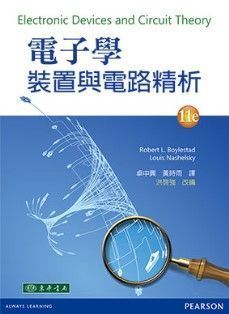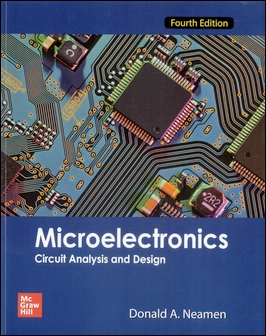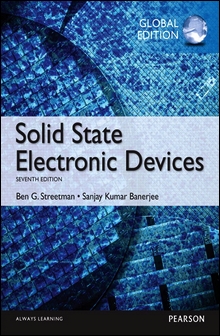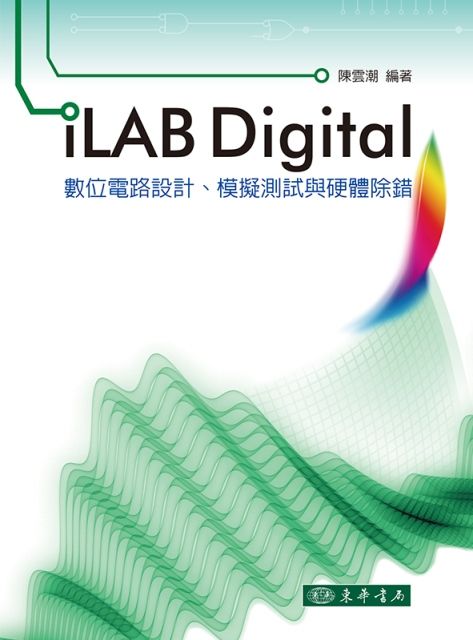書籍分類
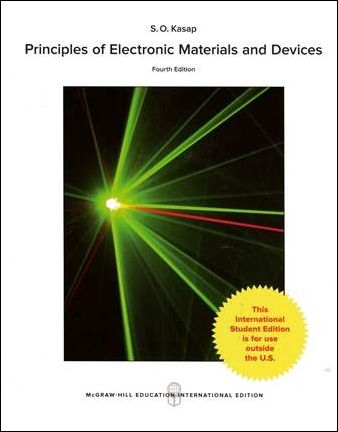
Principles of Electronic Materials and Devices 4/e
作者:Safa O. Kasap
原價:NT$ 1,250
ISBN:9781259253553
版次:4
年份:2018
出版商:McGraw-Hill
頁數/規格:978頁/平裝單色
版次:4
年份:2018
出版商:McGraw-Hill
頁數/規格:978頁/平裝單色
內容介紹 本書特色 目錄
- Description
The textbook represents a first course in electronic materials and devices for undergraduate students. With the additional topics, the text can also be used in a graduate-level introductory course in electronic materials for electrical engineers and material scientists. The fourth edition is an extensively revised and extended version of the third edition based on reviewer comments and the developments in electronic and optoelectronic materials over the last ten years. The fourth edition has many new and expanded topics, new worked examples, new illustrations, and new homework problems. The majority of the illustrations have been greatly improved to make them clearer. A very large number of new homework problems have been added, and many more solved problems have been provided that put the concepts into applications. More than 50% of the illustrations have gone through some kind of revision to improve the clarity. Furthermore, more terms have been added under Defining Terms, which the students have found very useful. Bragg's diffraction law that is mentioned in several chapters is kept as Appendix A for those readers who are unfamiliar with it. The fourth edition is one of the few books on the market that have a broad coverage of electronic materials that today's scientists and engineers need. I believe that the revisions have improved the rigor without sacrificing the original semiquantitative approach that both the students and instructors liked. The major revisions in scientific content can be summarized as follows:
Chapter 1
Thermal expansion; kinetic molecular theory; atomic diffusion; molecular collisions and vacuum deposition; particle flux density; line defects; planar defects; crystal surfaces; Gruneisen's rule.
Chapter 2
Temperature dependence of resistivity, strain gauges, Hall effect; ionic conduction; Einstein relation for drift mobility and diffusion; ac conductivity; resistivity of thin films; interconnects in microelectronics; electromigration.
Chapter 3
Electron as a wave; infinite potential well; confined electron in a finite potential energy well; stimulated emission and photon amplification; He-Ne laser, optical fiber amplification.
Chapter 4
Work function; electron photoemission; secondary emission; electron affinity and photomulti plication; Fermi-Dirac statistics; conduction in metals; thermoelectricity and Seebeck coefficient; thermocouples; phonon concentration changes with temperature.
Chapter 5
Deenerate semiconductors; direct and indirect recombination; E vs. k diagrams for direct and indirect bandgap semiconductors; Schottky junction and depletion layer; Seebeck effect in semiconductors and voltage drift.
Chapter 6
The pn junction; direct bandgap pn junction; depletion layer capacitance; linearly graded junction; hyperabrupt junctions; light emitting diodes (LEDs); quantum well high intensity LEDs; LED materials and structures; LED characteristics; LED spectrum; brightness and efficiency of LEDs; multijunction solar cells.
Chapter 7
Atomic polarizability; interfacial polarization; impact ionization in gases and breakdown; supercapacitors.
Chapter 8
anisotropic and giant magnetore sistance; magnetic recording materials; longitudinal and vertical magnetic recording; materials for magnetic storage; superconductivity.
Chapter 9
Refractive and group index of Si; dielectric mirrors; free carrier absorption; liquid crystal displays.



